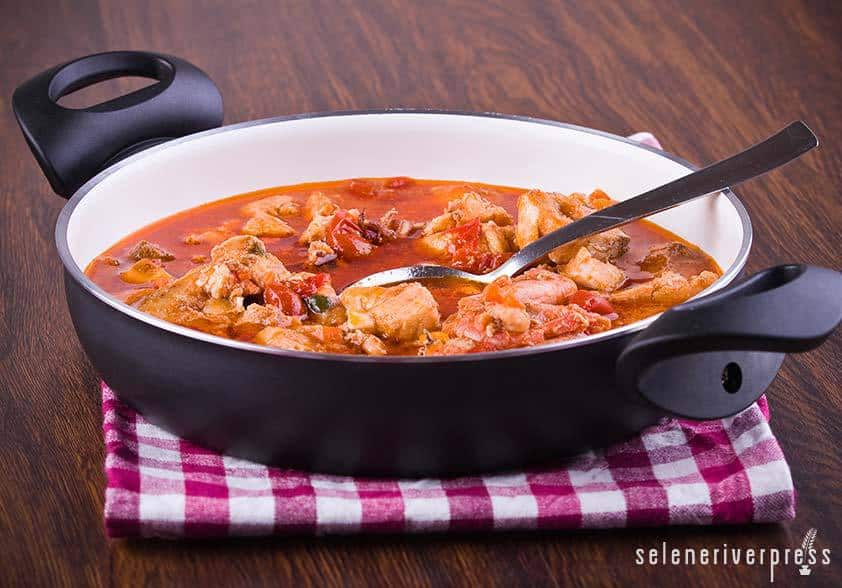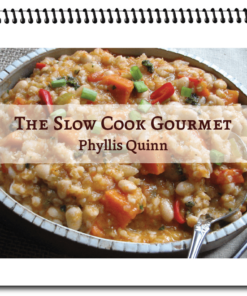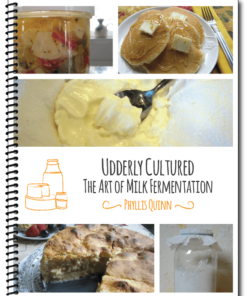Ask Chef Phyllis:
I loved my mother’s baccala and have tried to make it myself. She was from the Piedmont region of Italy. I used a recipe that called for capers, but I didn’t like them in this dish. Maybe I used too many. After soaking the salt cod in water for three days, as per the recipe, the fish was still not as tender and hydrated as my mother’s, and the sauce was not as flavorful. Do you have any experience with baccala?
—S. Anderson, Loveland, Colorado
Salted and dried cod is called baccala in Italy. If the cod is dried without salt, it’s called stoccafisso. Both types of the fish need soaking. (See below for some advice I found from cookbooks and experts on how to properly soak fish—I think it will help. I even found some interesting information on an old-fashioned technique for DE-salting fish.)
Nestled between the sea and two mountain ranges (the Alps and the Apennines), Piedmont is a unique area. Although it sits in a colder climate in winter than most of the other wine-producing regions of Italy, Piedmont wines are famous for their velvet-like taste, and they also have a lot less tannins!
The recipe from your mom’s area is called Baccala Piedmontese, and it calls for a dry white wine. I chose a local Piedmont wine that adds a unique citrus-lemon undertone to this delicious dish. I hope you try it soon, and that it’s just as you remember.
Curiously, cod isn’t a native of the Mediterranean. It comes from the Atlantic, particularly along the Newfoundland banks and the coasts of Nova Scotia and New England. There the cod is cleaned, salted, and sometimes brined and dried. The latter is the most common variety.
Here are a few guidelines to help the beginner:
- Cooks everywhere recommend soaking the fish (skin side up) in a glass or enamelware vessel. Never use a metal container.
- Some recommended putting the fish (again skin side up) in a colander set in a bowl of cold water to allow the salt to drain away from the fish and settle at the bottom of the bowl.
- All recommended that you soak the fish for at least 24 to 48 hours and faithfully change the water every 6 to 8 hours.
- Some also recommended that, during the last 4 hours, you soak the fish in full-fat cold milk to remove the remaining salt.
I also read that in older days, they DE-salted the fish under trickling water. Really? Though I guess it must have hastened the process.
Now to cutting the fish after soaking: If the fish is whole, it should look plump, have a very creamy white color, and feel clean or silky to the touch. Then it’s time to pat it dry before cutting it into pieces about 2-inches wide for this and most other recipes.
Baccala Piedmontese
Ingredients
2–2½ lbs. dried cod, soaked (following above instructions)
2 tablespoons finely ground white pepper for dusting the fish (optional)
3 tablespoons olive oil
5 tablespoons butter (reserve 2 tablespoons to finish sauce)
1 large onion, chopped
2 cloves garlic, minced
2 tablespoons organic tomato paste
½–¾ cup Cortese wine (a local Piedmont dry white wine) or any dry white wine, such as Pinot Grigio
1 (28-oz.) can organic San Marzano whole peeled tomatoes, broken up with your hand or a wooden spoon
2 tablespoons Italian parsley, chopped
2 sprigs fresh thyme or ½ teaspoon dried
1 tablespoon fresh oregano or ½ teaspoon dried
1 tablespoon capers (optional)
Salt and freshly ground black pepper
Instructions
- Dry fish with paper towels. Carefully remove skin. If desired, dust fish evenly on both sides with white pepper. Set aside.
- Heat olive oil and 3 tablespoons of the butter in a deep, 12-inch saucepan or Dutch oven set over medium heat. Add cod pieces and cook 3–4 minutes on each side. Remove from pan and keep warm on a platter. (The fish isn’t fully cooked at this time.)
- Add onion to pan and cook until transparent. Stir in garlic and tomato paste and cook until aromatic, about 2 minutes. Add enough wine to deglaze the pan.
- Add tomatoes (breaking them with the back of a spoon if necessary), parsley, thyme, and oregano.
- Place fish pieces along with any juices into the tomato mixture. Set heat to medium-high until it comes to a simmer (just under a boil). Turn heat to low, cover, and cook 20–25 minutes.
- Taste sauce and correct seasoning with salt and black pepper, if necessary. Add remaining 2 tablespoons of butter to pan. (This adds a depth of flavor and a little shine to the sauce.) Gently stir. Don’t worry if the fish breaks up a bit.
- Ladle stew into deep soup bowls along with more sauce. Top with capers (a few in each bowl) if you desire.
Traditional sides include unsalted Tuscan bread or a rustic ciabatta, small bowls of fruity olive oil laced with crushed red pepper flakes, and coarse sea salt. But that’s another post, and it’s coming soon!
Chef’s note: Our family served baccala on Christmas Eve as the highlight of our “Feast of the Seven Fishes” vigil. I always had seconds, it was so good! (But did I mention that I wasn’t a fan of the eel in aspic?)
Good eating!
Image from iStock/milla1974.




